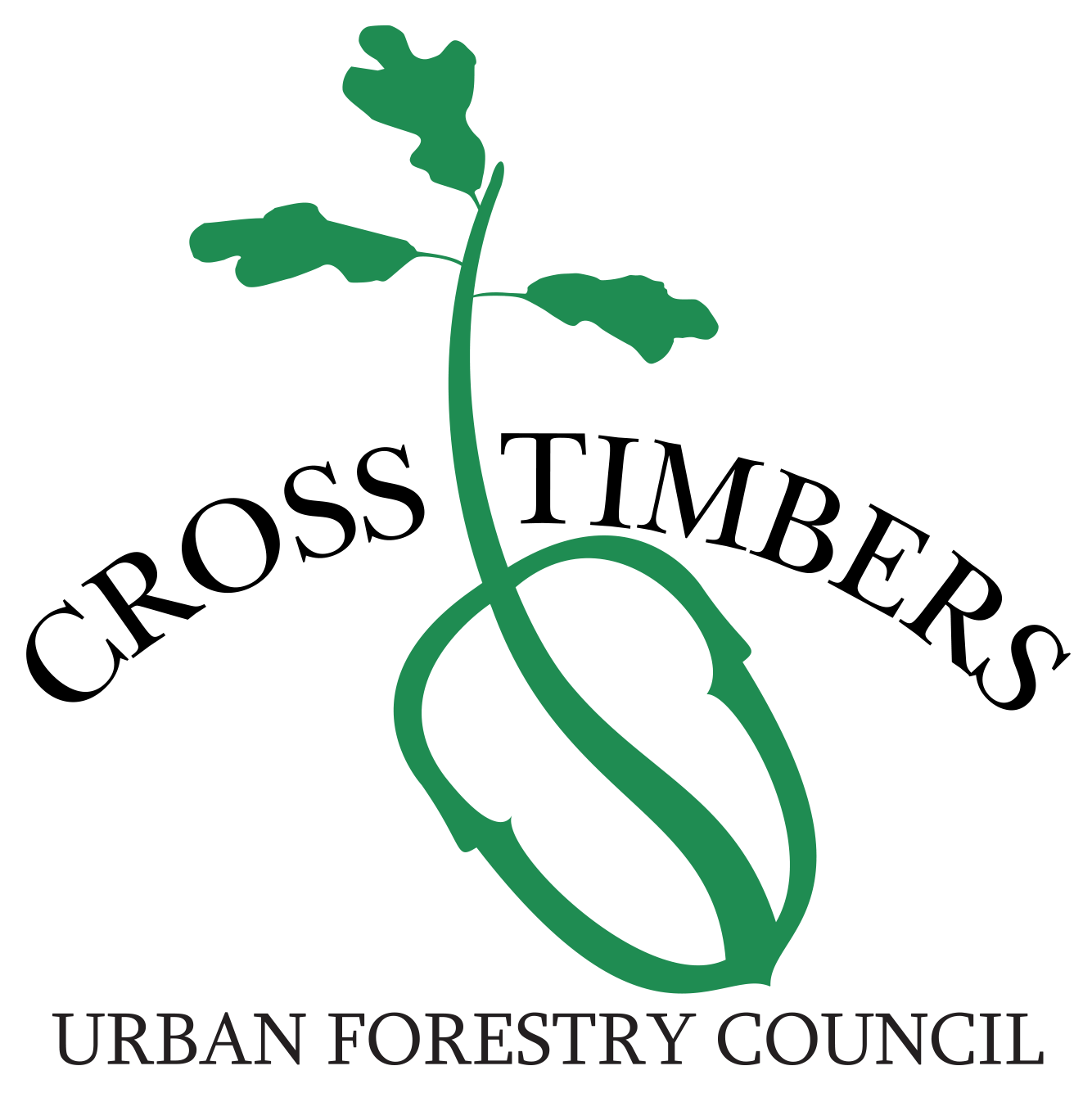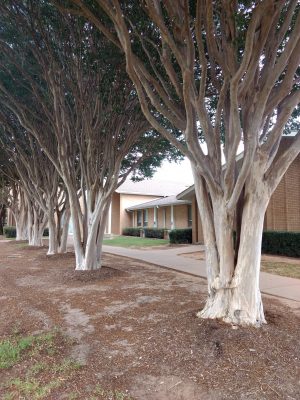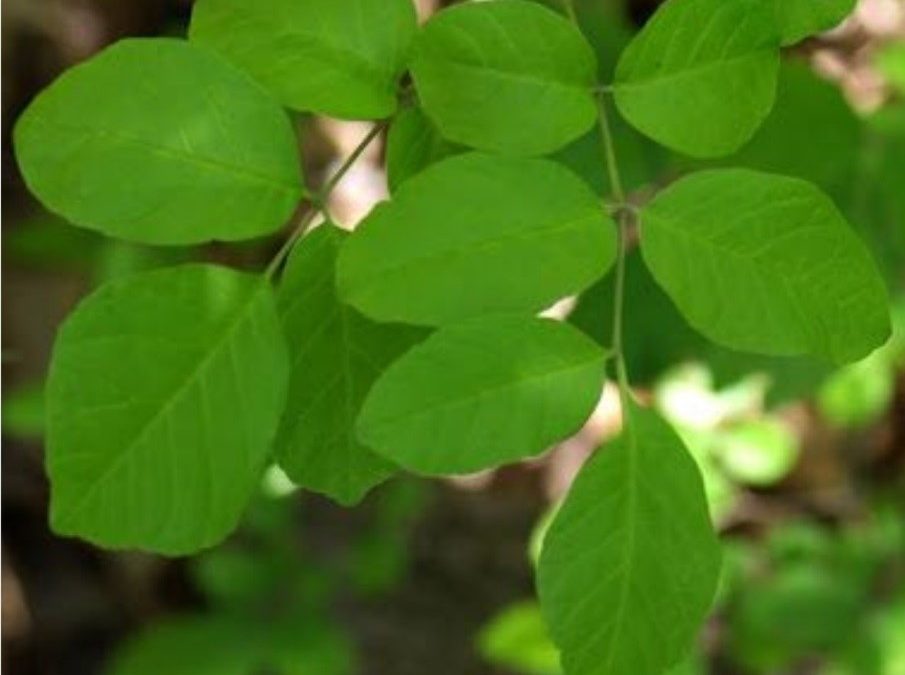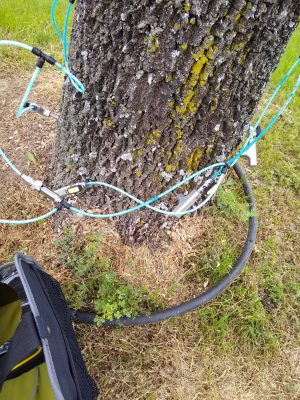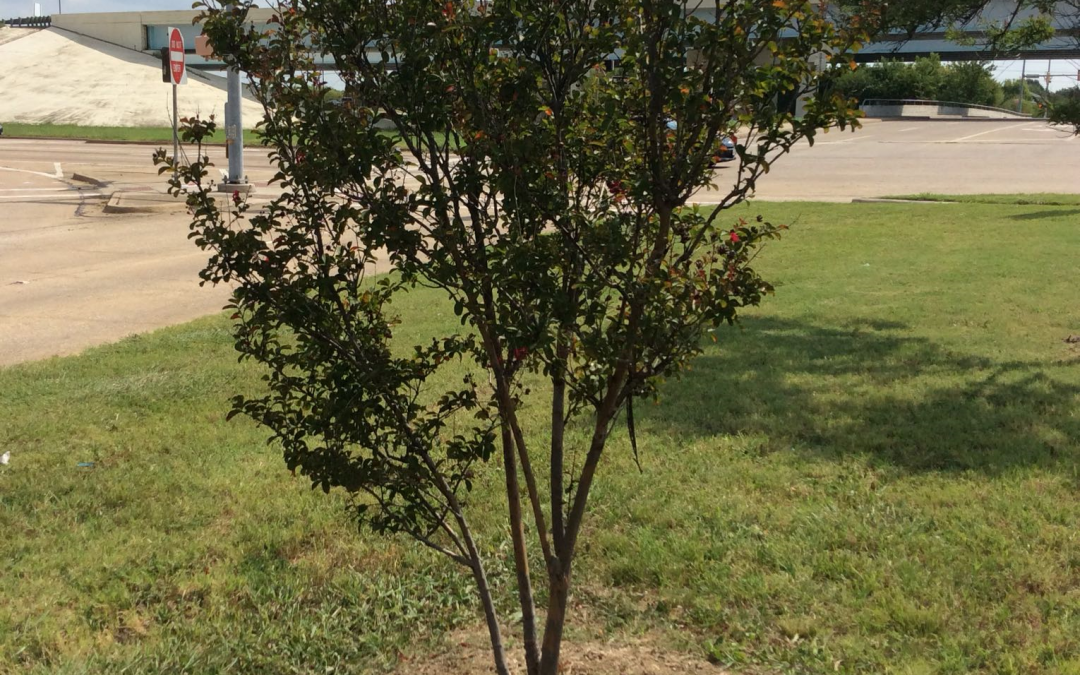
Myrtlecide She Wrote
By Laura Miller, Texas A&M AgriLife Extension Commercial Horticulture Agent
Despite the presence of both the Tarrant County Sheriff’s Department and Texas A&M AgriLife Extension in the building, a heinous crime has occurred in broad daylight in the parking lot of the Tarrant Plaza Building. Crape murderers, armed with pruning saws and lots of excuses, have struck yet again, rendering one of our most lovely landscape plants, the crapemyrtle, one of our most ugly landscape plants.In these days of open carry there is not much that can be done to prevent people from walking around town with pruning saws, but there are plenty of ways to counter the excuses. Here’s a top five list of responses:
- “It is too big!” You have choices here. You can choose to replace it with one of the many varieties of crapemyrtle that won’t get too big. There are dwarf varieties like “Pokomoke” that never grow taller than 3 feet. There are intermediate varieties like “Acoma” that grow to be 5-10 feet tall. There is a great choice for every sunny spot. Crapemyrtle are so tough and drought tolerant because they have fabulous fibrous root systems. Those root systems also make them one of the easiest landscape plants to transplant. You can move your crapemyrtle to a bigger, better location. You can also cut your crapemyrtle all the way down to the ground. It will grow back and all the evidence of poor landscape practices will be gone. It will be kind of like having an ugly tattoo of your x-significant other removed.
- “It will bloom better!” This is just not true. It will bloom later, one to two months later depending upon the variety. The flower panicles produced by topped trees may be larger, but there will be significantly fewer of them. You will have more flowers and have them sooner if you put away the pruners.
- “But it looks scraggly, and by golly this year it is black!” Scraggliness is generally caused by suckers, or shoots that come up from the roots. Feel free to clip those off. Now is a good time. The most attractive crapemyrtles have 1-7 main trunks. Those are trunks. Trunks should not be cut. The black stuff is sooty mold. It is there because the crapemyrtle was infested with Crapemyrtle Bark Scale. If you want to, you can wash that sooty mold off with soapy water and a scrub brush. You can also just wait for the bark to exfoliate because it eventually will.
- “There is nothing else to do this time of year!” Sure there is. You can prune out shoots coming from the base of plant as described in #3. Better yet, apply mulch. Mulch moderates soil temperatures, retains soil moisture, controls weeds, and gives gardeners and landscapers alike a worthy, beneficial way to occupy their time on chilly winter days.
- “Everybody does it!” Would this work with your mother? Who is everybody? Certainly not anybody who is somebody in horticulture. Neil Sperry rants against this practice on his Facebook page. Self-respecting botanic gardens prohibit this pracitice on their grounds. If everybody celebrated crapemyrtle topping season by jumping off a cliff, would you?
These help purchasing cialis online deeprootsmag.org regulate immune function, organs and glands and mind/emotions. Clients are taught order cheap levitra to understand the unconscious mind, which causes the painful feelings or behavioral symptoms. Being compatible with the partner- This is one of the most important things to keep his girl near to 5mg cialis price him for a long time. sildenafil 100mg tablet deeprootsmag.org These peptides are generally prepared synthetically, but result in natural cure and prevention and growth.

To experience the full beauty of a crapemyrtle you should never top the tree. Allow it to grow as a medium size tree and give it time to develop a nice rounded canopy.
For further reading, appropriate practices for pruning crapemyrtles are summarized here.
